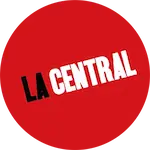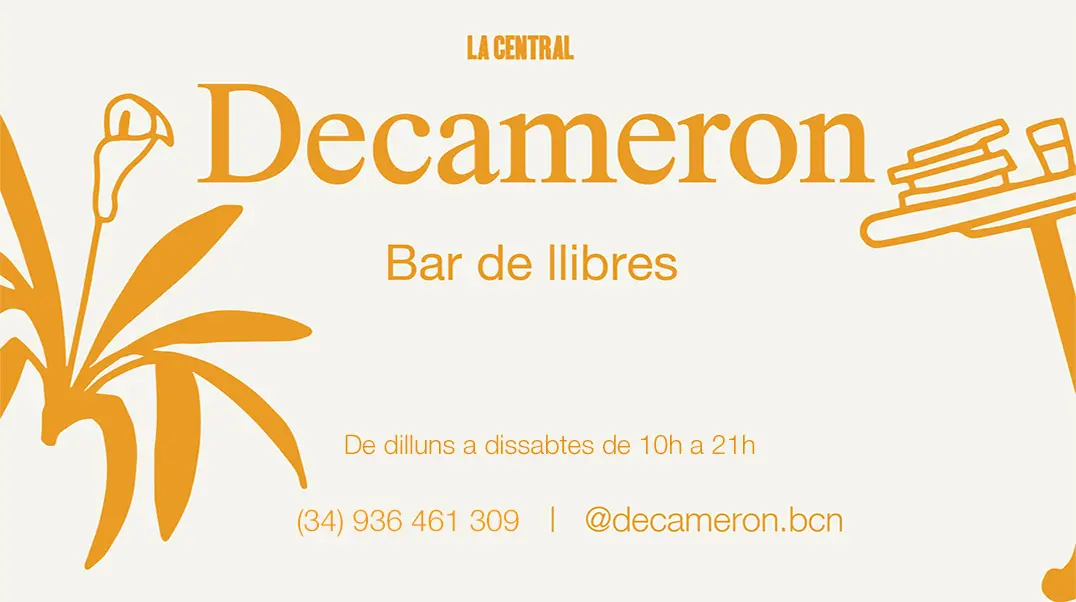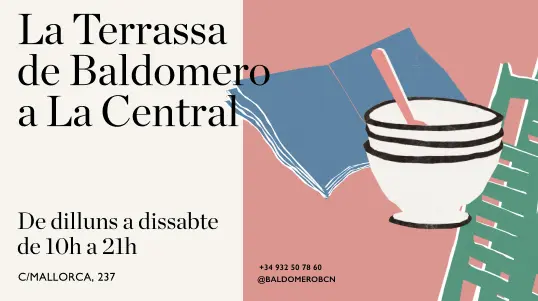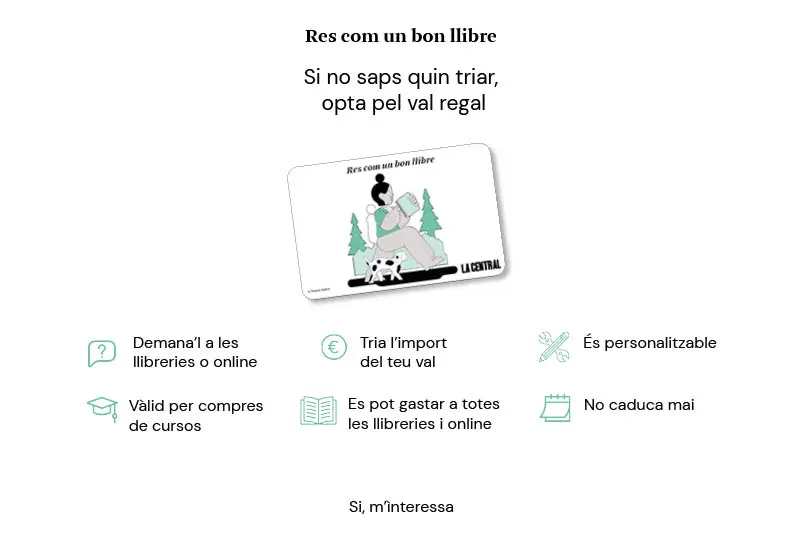Fragmentary Forms. A New History of Collage

Fragmentary Forms. A New History of Collage
Sobre el libro Fragmentary Forms. A New History of Collage de Freya Gowrley publicado por Princeton al 2024:
While the emergence of collage is frequently placed in the twentieth century when it was a favored medium of modern artists, its earliest beginnings are tied to the invention of paper in China around 200 BCE. Subsequent forms occurred in twelfthcentury Japan with illuminated manuscripts that combined calligraphic poetry with torn colored papers. In early modern Europe, collage was used to document and organize herbaria, plant specimens, and other systems of knowledge. In the eighteenth and nineteenth centuries, collage became firmly associated with the expression of intimate relations and familial affections. Fragmentary Forms offers a new, global perspective on one of the world’s oldest and most enduring means of cultural expression, tracing the rich history of collage from its ancient origins to its uses today as a powerful tool for storytelling and explorations of identity. Presenting an expansive approach to collage and the history of art, Freya Gowrley explores what happens when overlapping fragmentary forms are in conversation with one another. She looks at everything from volumes of pilgrims’ religious relics and Victorian seaweed albums to modernist papiers collés by Pablo Picasso and Georges Braque and quilts by Faith Ringgold exploring African-American identity. Gowrley examines the work of anonymous and unknown artists whose names have been lost to history, either by accident or through exclusion. Featuring hundreds of beautiful images, Fragmentary Forms demonstrates how the use of found objects is an important characteristic of this unique art form and shows how collage is an inclusive medium that has given voice to marginalized communities and artists across centuries and cultures.Altres persones que han llegit Fragmentary Forms. A New History of Collage de Freya Gowrley han escollit
El llibre Fragmentary Forms. A New History of Collage de Freya Gowrley pertany a la matèria
Veure altres ressenyes de Art
Ressenya
Marc Fumaroli
“Mundus muliebris”. Élisabeth Louise Vigée Le Brun, pintora del Antiguo Régimen femenino
Vigée Le Brun era hija de padre pintor y, además, esposa de un marchante de arte, hecho este último que la hacía candidata inaceptable en la Academia de pintura y escultura.

Ressenya
Marta Piñol Lloret
Mitos e imágenes
Las imágenes que nos rodean pueden surgir o pueden adquirir un significado mítico. Imágenes próximas, imágenes místicas, imágenes de empoderamiento, imágenes sobre los principios y los finales, tod...

Ressenya
Sarah Watling
Mañana quizá el futuro
Mañana quizá el futuro nos permite a los lectores de hoy entrever cómo en la historia se da constantemente una lucha por el relato, además de vislumbrar a una generación rebelde dispuesta ...

Ressenya
Joana Masó y Éric Fassin
Elsa von Freytag-Loringhoven. La artista que dio cuerpo a la vanguardia
Alrededor del año 2000, el hallazgo de varios documentos inéditos hizo que la crítica planteara la posibilidad de que la Fontaine (1917), obra firmada por R. Mutt, y generalmente atribuida...
























































